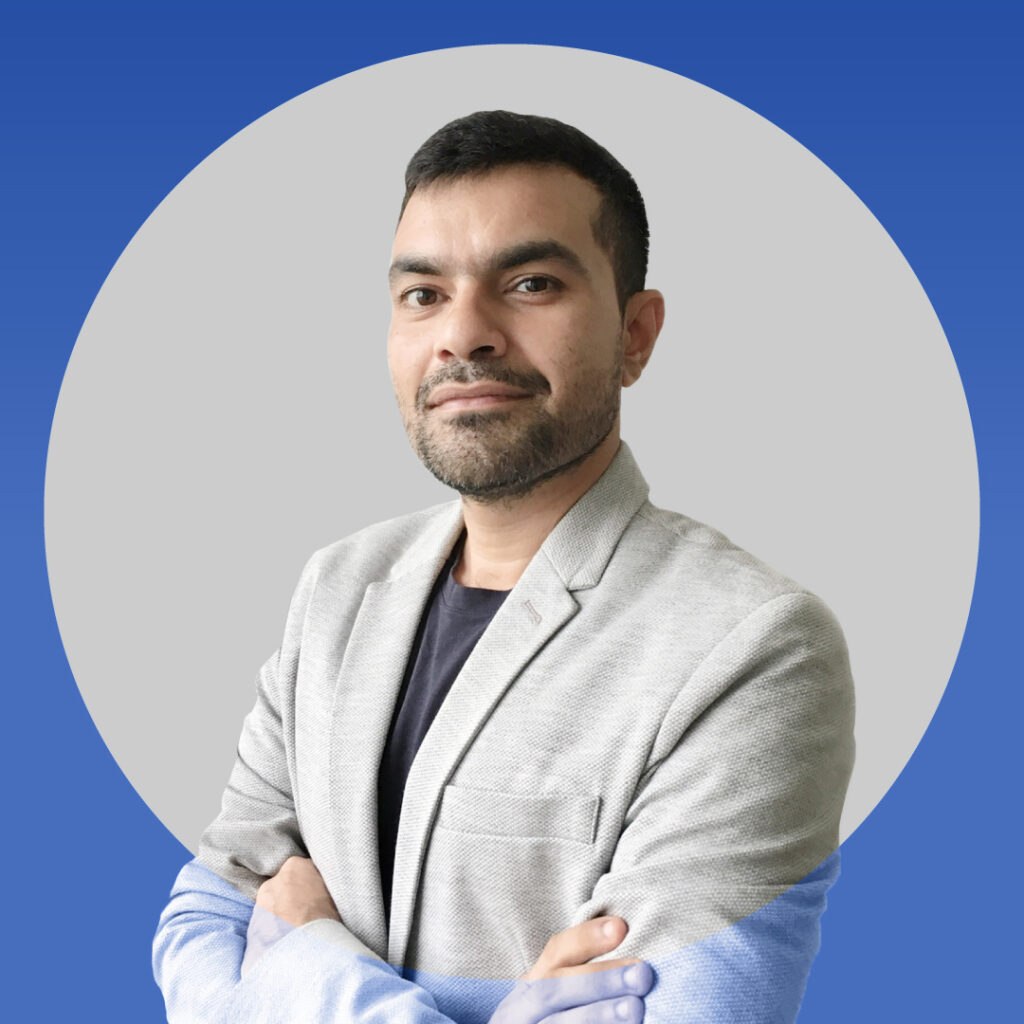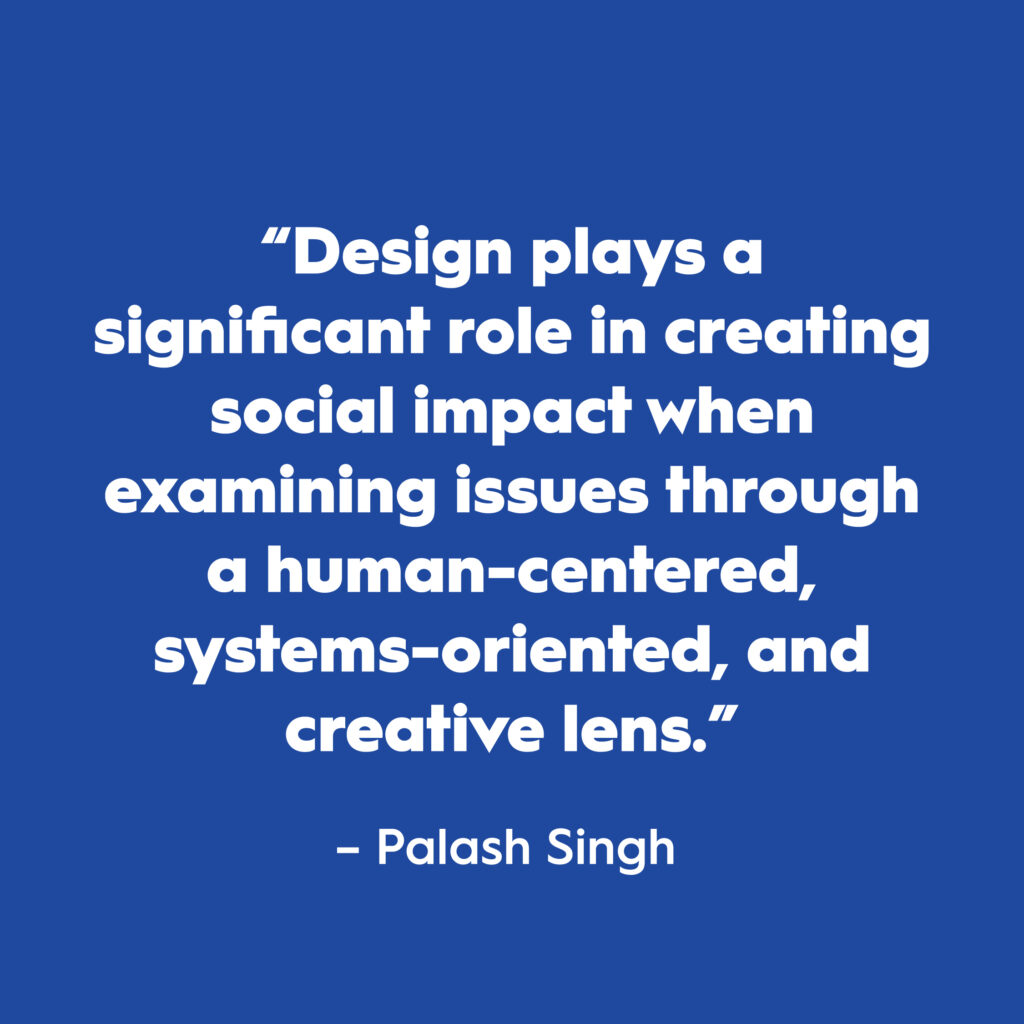Scope Q&A: Palash Singh
Meet Palash Singh, a strategic designer and Design Lead at Scope! Originally from India, Palash has been leading our design innovation projects for three years. He has extensive work experience in the fields of human-centered and systems design as well as futures thinking, which he employs to create solutions for a wide range of public health challenges. Palash is currently also leading Scope’s RISE project which focuses on using rituals and ritualisation mechanics to improve service delivery and strengthen community health workers’ role as cultural brokers. We asked him to share his reflections on working in the social innovation and global health space.
What made you choose a career as a strategic designer tackling complex public health and development issues?
My very first design job focused on improving livelihood opportunities for women through small cottage industries in Zimbabwe, Ghana, and Ethiopia. Two main realisations inspired me to carry on working on complex social and health issues. First, the grit and passion of people whom I met during those early days really inspired me. They were genuinely interested in making the world a better and equal place. Secondly, realising that design can play a significant role in creating social impact when examining issues through a human-centered, systems-oriented, and creative lens.
What excites you most about your work at Scope?
The variety of projects and the multidisciplinary approach. In one project, we are working with creative influencers to spark an advocacy movement to make contraception choices available to youth. In another, we work with academics to develop new approaches to behaviour change based on ritualisation. The colleagues, partners, and clients we work with are truly inspiring! Your colleagues can be economists, creatives, and anthropologists, and your partners can be experts in developmental psychology, technology, advocacy, or public health. We are all working together to expand the remit of understanding the problems we work with as well as building new perspectives and approaches to solving them.
RISE explores how rituals can be leveraged to improve health outcomes. What role does human-centered design play in this process?
Even though community health worker programmes have been very effective worldwide, health systems have mostly perceived community health workers as extenders of health services to the community. As a result, we often find that there is progress in task-based, incentivised services, such as encouraging women to deliver in health facilities instead of at home.
However, less progress has been made in changing behaviours, for example supporting pregnant women to register for early antenatal care. These behaviours are more entrenched in norms. In this case, the cultural practice of concealing pregnancy in the early months in fear of the evil eye. Behaviour change would also require translating biomedical advice to fit in the cultural and social context where it’s being applied. This is where our design expertise comes in.
Project RISE uses community-based rituals as a lens to understand links between the complexities of social and psychological responses and health behaviour. Based on our findings, we design interventions to encourage health-promoting behaviour change in expectant mothers and women of reproductive age. We do it in a way that is intuitive, aligned with community health worker motivations, meaningful to the communities, and targeted at the right moments while leveraging a wide network of local health influencers. I’m already excited to see where the design process takes us in the next phase of the project.
Back to news
